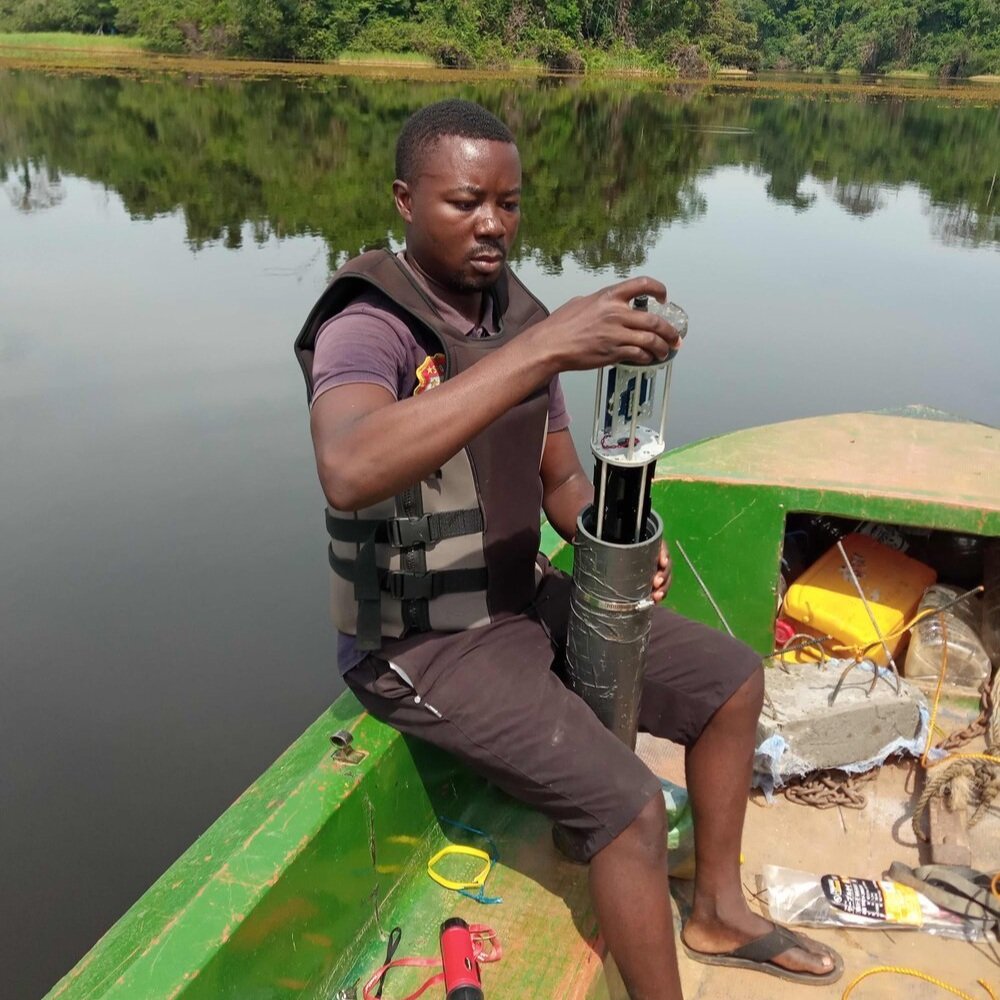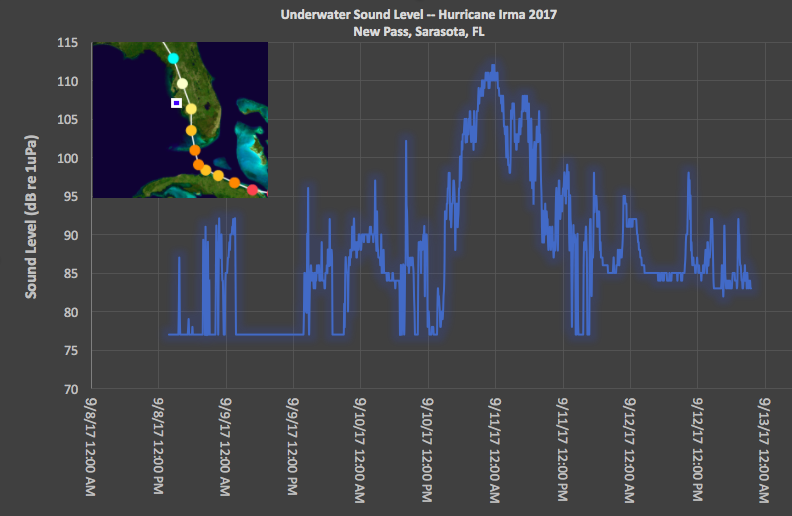
Bahamas' Dolphins: Post-Hurricane Dorian Update
The Bahamas Marine Mammal Research Organisation (BMMRO) is using Loggerhead Instruments' recorders to document changes in dolphin detections and ambient noise as Abaco recovers from Hurricane Dorian, which devastated the Bahamas in September 2019. Scientists at BMMRO recover and redeploy recorders approximately every two months, as Covid restrictions allow.
An initial analysis of the first six months of post-hurricane data has been completed by a Masters' student from the University of St. Andrews and shows an expected increase in dolphin detections as the ambient noise has decreased. These changes are due to a 90 percent reduction of boats in the area, a lingering effect of the hurricane.
Bahamas’ researchers use a variety of Loggerhead acoustic recording devices. Something old, something new, something donated, something blue.

First Recordings of African Manatee Vocalizations in the Wild
Loggerhead Instruments' LS1 has been successfully deployed in Lake Ossa, Cameroon to record vocalizations from the African manatee, also known as the West African manatee. The African Marine Mammal Conservation Organization (AMMCO) collaborated with an international team (Eric Angel Ramos from City University of New York, Athena Rycyk from New College of Florida and Mumi Kikuchi from Wildlife Research Center of Kyoto University) to collect over 800 African manatee vocalizations.
The African manatee (Trichechus senegalensis) can be found along the western coast of Africa, ranging from Senegal to Angola. AMMCO and their partners hope to use the vocalization data to assess the impact of the proliferation of giant salvinia (Salvinia molesta), an invasive, floating aquatic fern which may be negatively impacting the manatees. The team also hopes to use the new equipment to acoustically monitor for other aquatic megafauna such as cetaceans.
Visit their website for more information.

Hurricane Irma causes underwater sound levels to increase 30 dB
We have been running an experimental listening station at Mote Marine Laboratory in collaboration with the Sarasota Dolphin Research Program. The station uses an LS1 board and calculates sound levels in real time and reports them via cell to an online database. It kept running through the hurricane.
It is interesting that sound levels were so low the day before---no pleasure boating. Once we get out there to get the raw data, we will share some wav files.
Paper on animal-borne acoustic playback tag
Check out the paper by Fregosi et al in Animal Biotelemetry, where the responses of elephant seals were monitored in response to the playback of different sounds from a tag developed in collaboration with Oregon State.